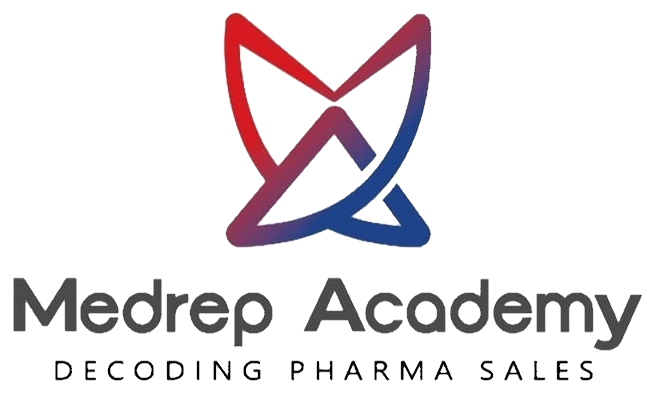Introduction
In the competitive landscape of pharmaceutical sales, the art of effective communication takes center stage. Pharmaceutical detailing, a cornerstone of pharma selling, involves presenting medical information to healthcare professionals in a personalized and informative manner. This method transcends traditional sales pitches, focusing on building strong relationships and delivering value. In this blog post, we dive deep into the realm of pharmaceutical detailing, exploring its significance, strategies, and the impact it has on successful pharma selling.
Understanding Pharmaceutical Detailing
Pharmaceutical detailing is a targeted approach to presenting pharmaceutical products to healthcare professionals, including doctors, nurses, and pharmacists. Unlike generic sales pitches, pharmaceutical detailing involves tailoring the presentation to the specific needs, preferences, and interests of each healthcare professional. This practice goes beyond promoting products; it’s about fostering partnerships and providing valuable information that can positively impact patient care.
The Significance of Pharmaceutical Detailing
- Personalized Engagement: Pharmaceutical detailing recognizes that healthcare professionals have diverse specialties and unique patient populations. By customizing presentations, sales representatives show that they understand the individual challenges and needs of each professional.
- Building Trust and Credibility: In an industry built on trust, pharmaceutical detailing positions sales representatives as credible sources of information. By demonstrating a deep understanding of medical concepts and products, reps establish themselves as partners in the quest for better patient outcomes.
- Enhancing Decision-Making: Healthcare professionals make critical decisions that impact patient health. Pharmaceutical detailing equips them with the latest clinical data, research findings, and insights, empowering them to make informed choices.
- Long-term Relationship Building: Successful pharmaceutical detailing is not a one-off interaction; it’s about building lasting relationships with healthcare professionals. Over time, this can lead to increased loyalty, repeat business, and referrals.
Strategies for Effective Pharmaceutical Detailing
- Know Your Audience: Before meeting with a healthcare professional, conduct thorough research. Understand their medical specialty, patient population, and treatment preferences. This knowledge helps you tailor your presentation to their specific needs.
- Engage in Two-Way Dialogue: Pharmaceutical detailing is not a monologue. Encourage open discussions, ask questions, and actively listen to the concerns and questions of healthcare professionals.
- Focus on Value: Highlight how the pharmaceutical products you’re presenting can improve patient outcomes and enhance their practice. Showcase the clinical benefits, safety profile, and unique selling points of the products.
- Provide Evidence: Back your claims with scientific data, clinical trials, and case studies. Healthcare professionals value evidence-based information that supports the effectiveness of the products you’re promoting.
- Respect Time Constraints: Healthcare professionals have demanding schedules. Keep your presentations concise, relevant, and well-organized to respect their time.
Conclusion
Pharmaceutical detailing is more than a sales technique – it’s a strategic approach that places the emphasis on building partnerships and delivering value. By tailoring your presentations to the unique needs of healthcare professionals, you create meaningful interactions that contribute to better patient care and overall success in the pharmaceutical sales industry. Unveiling the power of pharmaceutical detailing is a journey toward forging lasting relationships and making a positive impact on patient well-being.
